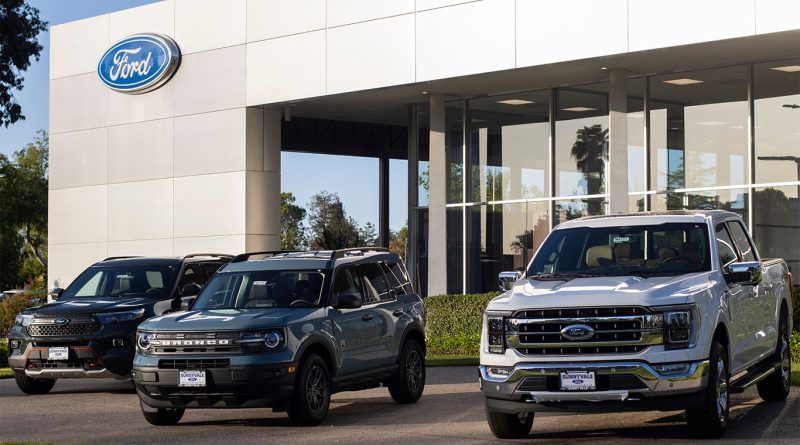Ford rides SUV demand while rivals double down on EVs
Subscribe to our free newsletter today to keep up to date with the latest manufacturing news.
Ford’s decision to stick with internal combustion is paying off as its full-size Expedition SUV sees record sales. In August, the company sold 8,724 Expeditions, up 53.7 percent from the same month last year, marking its strongest August performance in 21 years.
While the model accounts for only about 5 percent of Ford’s overall sales, its year-to-date growth of 13.1 percent outpaces the company’s broader 3.9 percent gain. The success of the gas-powered Expedition is notable in a year where headlines have been dominated by electric vehicle launches and infrastructure buildouts.
The Expedition starts at around $74,000 for its most popular trims and is assembled at the Kentucky Truck Plant. It remains a high-margin product for the company at a time when electric models are still scaling toward profitability.
SUV growth reflects consumer preference
Ford’s EV segment posted a 19.3 percent sales increase in August, boosted in part by buyers seeking to qualify for a federal tax credit set to expire this month. Yet the Expedition’s popularity suggests many consumers still prefer traditional options, especially larger families looking for range and space.
The latest Expedition model began shipping five months ago following a 2024 redesign. The refreshed styling and full-size capacity have helped it stand out in a crowded field that includes the Chevrolet Suburban and Jeep Wagoneer.
Mark Levine, Ford’s director of North America product communications, said the appeal of big vehicles remains steady despite attention on electrification. For Ford, that provides optionality in an increasingly segmented market.
Impacts on production and positioning
Expedition demand is shaping how Ford balances its manufacturing portfolio. The automaker has pulled back from some EV investments in recent months, including canceling plans for a three-row electric SUV and slowing rollout of its electric F-150.
Unlike competitors who are fully committed to electrification, Ford is hedging with hybrids and strengthening core combustion lines. CEO Jim Farley has suggested that this strategy provides more agility, particularly as electric margins remain compressed.
The manufacturing footprint reflects this balance. The Kentucky Truck Plant, which builds the Expedition, has seen increased activity this year, supporting jobs and suppliers linked to conventional powertrain production.
Across the sector, a slower transition to EVs than initially forecast is also reshaping the supplier base. Demand remains strong for combustion-related components such as transmissions and fuel systems. For many manufacturers, the Expedition’s momentum offers short-term stability as long-term plans evolve.
The Expedition’s rise underscores how product diversity remains essential as the industry navigates cost pressures, regulatory shifts, and uneven consumer adoption of new technologies.
Sources
